AMERICAN SIGN LANGUAGE AND DEAF CULTURE BLOG
5 Most Surprising Benefits of Learning Sign Language

Curious about the benefits of learning sign language? Prepare to be amazed because the benefits are simply endless! Learning a signed language offers unique advantages that go beyond what we gain from spoken languages.
You might already know that learning any new language gives you many cognitive benefits that help your brain think faster, deeper, and more creatively. You’ll also enjoy more social awareness and be better able to tackle complex tasks.
However, you might be wondering about the benefits of learning sign language. Will learning a signed language provide us with benefits that we wouldn’t get from learning spoken languages?
The answer is YES!
Here are five surprising benefits of learning sign language that will leave you in awe. Embark on this incredible journey of signing and witness firsthand the extraordinary advantages that await you!
The 5 Benefits of Learning Sign Language
Benefit #1: Better Understanding of Body Language

Did you know that less than 10 percent of all information conveyed between two speaking people is through the words themselves? More precisely, studies show that only 7% of communication is conveyed through words alone. The remaining communication, over 90%, is carried through nonverbal cues such as vocal expressions and body language.
This shows how understanding body language is so important in human communication!
One of the benefits of learning sign language is that it helps us become more skilled in understanding body language. Sign language involves using facial expressions, hand gestures, and body movements to communicate, which improves our grasp of nonverbal cues.
Additionally, research has shown that individuals who know American Sign Language (ASL) have a heightened ability to comprehend non-language gestures. This highlights the flexibility of human communication beyond speech alone.
By learning sign language, we can expand our capacity to recognize and interpret nonverbal gestures, making it a valuable skill for everyone to develop.
Benefit #2: Improved Cognitive Abilities

Studies conducted by Dr. Linda P. Acredolo from U.C. Davis and Dr. Susan W. Goodwyn from California State University have revealed fascinating findings about the cognitive benefits of learning sign language.
According to their research, early exposure to ASL has been shown to enhance reasoning skills and lead to higher IQ scores. In fact, children exposed to ASL from an early age demonstrated an average IQ increase of 12 points, as highlighted in their published articles available here and here.
Furthermore, their research suggests that babies who learned and used ASL went on to speak at an earlier age, forming longer and more complex sentences.
In addition to cognitive benefits, learning ASL has been found to improve spatial reasoning, which plays a crucial role in creative development, mathematics, and science. While there is limited research on the impact of ASL on non-native signers’ spatial reasoning, the existing evidence is compelling enough to warrant giving it a try!
Dr. Joseph Hill, a linguist at the Rochester Institute of Technology, confirms that “the use of sign language supports the cognitive resources related with visual and motion information and language development, and being multilingual produces better cognitive and educational benefits.”
Benefit #3: Superior Listening Skills

One of the remarkable benefits of learning sign language is the development of superior listening skills. Unlike spoken language, where hearing individuals might not always maintain direct eye contact during conversations, sign language requires constant visual attention.
In sign language conversations, participants are engaged in a continuous exchange of visual cues, facial expressions, and body language, fostering a heightened level of attentiveness and focus.
The necessity of sustained attention in sign language fosters active listening and promotes a greater sensitivity to nonverbal cues, leading to more effective communication and relationship-building.
Benefit #4: Better Peripheral Vision and Reaction Times

Research shows that the benefits of learning sign language include improved peripheral vision and reaction times.
Increased peripheral vision and quicker reaction times will enhance your life in many ways! You’ll enjoy better situational awareness thanks to your broader field of view, since you’ll be more conscious of your surroundings.
You’ll also be able to anticipate and react swiftly to potential obstacles or hazards around you, especially when driving! The ability to respond rapidly to changing traffic conditions, sudden stops, or potential dangers on the road can help prevent accidents.
Enhanced reaction times offer valuable advantages in various fields and professions. For athletes, having quicker reactions allows for better anticipation of movements, granting them a significant competitive edge. Referees and officials can also benefit from these improved abilities, enabling them to make more accurate and timely decisions in fast-paced sporting events.
Professionals working in security or surveillance greatly benefit from increased peripheral vision and quicker reaction times. The ability to react promptly can make a substantial difference in critical situations, providing an added layer of protection.
Lastly, broader peripheral vision allows for a richer visual experience, enabling individuals to appreciate a wider array of visual stimuli in their environment. Whether it’s the beauty of nature or the intricate details of architecture, a wider visual field enhances the overall enjoyment and appreciation of the world.
Learn sign language and you’ll enjoy better visual abilities than most people!

Benefit #5: Improved Vocabulary
It might sound strange, but the benefits of learning sign language actually includes improving your vocabulary in your first language!
Learning sign language helps you make connections between signs and words in your first language. As you learn new signs, you associate them with familiar words, linking the sounds of spoken language with the visual and manual aspects of signing. This strengthens your understanding of the new concepts in your mind.
Additionally, every language offers a unique view of the world and uses distinct approaches to describe common concepts like love, friendship, and food. Sign language is no different. By learning sign language, you gain a fresh perspective on life and develop connections between the signs you learn and new-to-you words in your first language.
Furthermore, sign language learning promotes a greater appreciation for language structure, syntax, and semantics. You’ll gain insights into the organization and meaning of words, which can be applied to your first language as well.
This deeper understanding of linguistic elements can result in a more diverse and nuanced vocabulary, as learners become more adept at selecting and using words to express themselves accurately and effectively.

Final Remarks
The benefits of learning sign language go way beyond the ones we list here.
Dr. Jean F Andrews, retired professor of Deaf Studies and Deaf education, states that learning sign language “has linguistic, cognitive and social benefits. It stimulates conceptual development in another language. It develops empathy for Deaf people. It assists with motor development as well.”
Learning a new language teaches us to appreciate its culture, makes us more aware of the world that surrounds us, and shows us differences between various cultures.
As we learn new languages and start getting involved in the culture, those differences become our bonding points, as we learn to accept and appreciate the unique aspects each member of society brings.
To get started on your sign language journey, try What’s the Sign? for free with our 3-day trial!

